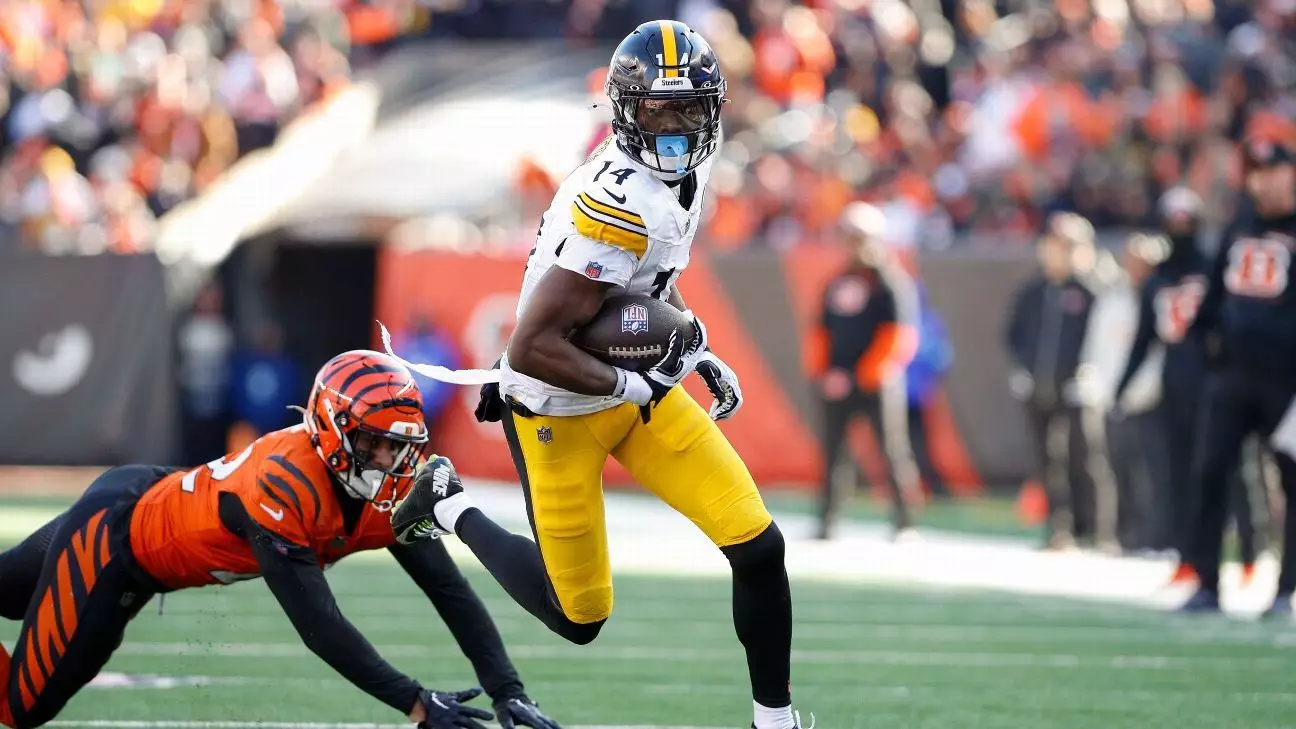Strategic Decisions for Setting Fantasy Football Lineups Navigating Injuries and Inactives
Hey there, fellow fantasy football enthusiasts! As the NFL game day looms closer each week, we all find ourselves in that familiar frenzy of finalizing our lineups. It’s a thrilling yet daunting task, especially when you’re trying to navigate through the minefield of injuries and the dreaded “questionable” tags on your star players. Trust me, I’ve been there, glued to my phone, refreshing injury reports like my life depends on it. But worry not, because I’m here to share some insights and strategies that can help you make those crucial lineup decisions with confidence.
Let’s be real—fantasy football is as much about strategy as it is about luck. And when injuries strike, it feels like the universe is testing our managerial skills. But here’s where staying informed and making savvy decisions can turn the tide in your favor. I’ve learned over the years that keeping a cool head and an open mind is key. So grab your favorite snack, settle in, and let’s dive into how you can master the art of setting your lineup amidst the chaos of injuries and inactives.
Key Takeaways
- Stay updated with reliable sources for injury reports and player status.
- Analyze ripple effects—how one player’s injury can impact others.
- Be prepared to pivot your lineup based on late-breaking news.
Understanding Injury Impact on Players
Injuries are part and parcel of the NFL, but they can seriously disrupt your fantasy team’s rhythm. Take Ja’Tavion Sanders from the Carolina Panthers, for instance. Listed as questionable due to a neck issue despite practicing fully on Friday, his return could provide a much-needed boost to their passing game and serve as a lifeline for fantasy managers seeking tight end depth. But remember, these situations are fluid; keeping an eye on final inactive lists is a must.
Conversely, players like Jalen Coker face more uncertainty. With a quad injury marking him doubtful, his potential absence might thrust David Moore into a more prominent role. This scenario perfectly illustrates how injuries can create opportunities for others—a core strategy in fantasy football. Knowing who could step up in such situations can give you an edge over your competition.
The “questionable” label often leaves us in a bind. Take Alexander Mattison from the Las Vegas Raiders as an example; limited practice sessions have him tagged as questionable with an ankle concern. This mirrors many other cases each week—a game-time decision that could leave default lineups scrambling if not managed proactively.
If Mattison sits out, Sincere McCormick becomes the next man up in their backfield. Here’s where strategic decisions come into play: Do you gamble on Mattison’s potential or hedge your bets with McCormick? These choices distinguish savvy managers from average ones, highlighting the importance of strategic preparation in fantasy football success.
The Ripple Effect of Player Inactives
When key players are ruled out, it sends shockwaves through their team’s dynamics. Dallas Goedert’s placement on IR due to a knee injury has reconfigured the Philadelphia Eagles’ passing hierarchy. In his absence, Grant Calcaterra steps into the spotlight while A.J. Brown and DeVonta Smith may see more targets—making them attractive fantasy options. Understanding how to leverage these shifts is crucial for securing wins.
A similar scenario unfolds with the New Orleans Saints’ receiving corps. Injuries sidelining Bub Means and Taysom Hill elevate Marquez Valdes-Scantling’s role significantly. This exemplifies how quickly team dynamics can shift in response to injuries, underscoring why it’s vital to adapt your strategies with fresh information at hand.

Towards season’s end, managing injuries while considering playoff implications adds another layer of complexity. Take George Pickens from Pittsburgh, whose hamstring injury puts his status in question—highlighting just how challenging these decisions can be. Should Pickens sit out, Calvin Austin III might capitalize on an increased target share, making quick lineup adjustments pivotal for those eyeing playoff contention.
Finally, monitoring players like DJ Moore who intend to play despite questionable tags is crucial too. Assessing not just their likelihood of playing but also their potential upside becomes essential in maximizing your fantasy team’s performance each week.
Final Thoughts
Managing a fantasy football team requires more than just knowledge; it demands intuition and adaptability as well. As kickoff approaches and inactive lists are finalized, your ability to pivot and make informed decisions becomes paramount in determining victory or defeat. By diligently tracking injury reports, comprehending player status implications, and adjusting your lineup swiftly yet wisely, you maximize your chances for success amid this unpredictable game we all love so much.
The path to championship glory often hinges on responding adeptly to the NFL’s ever-evolving landscape—so stay sharp out there! Remember: In the world of fantasy football management lies both challenge and opportunity—seize them both!
fantasy football
lineup strategy
injury management
NFL updates
player analysis


Leave a Reply